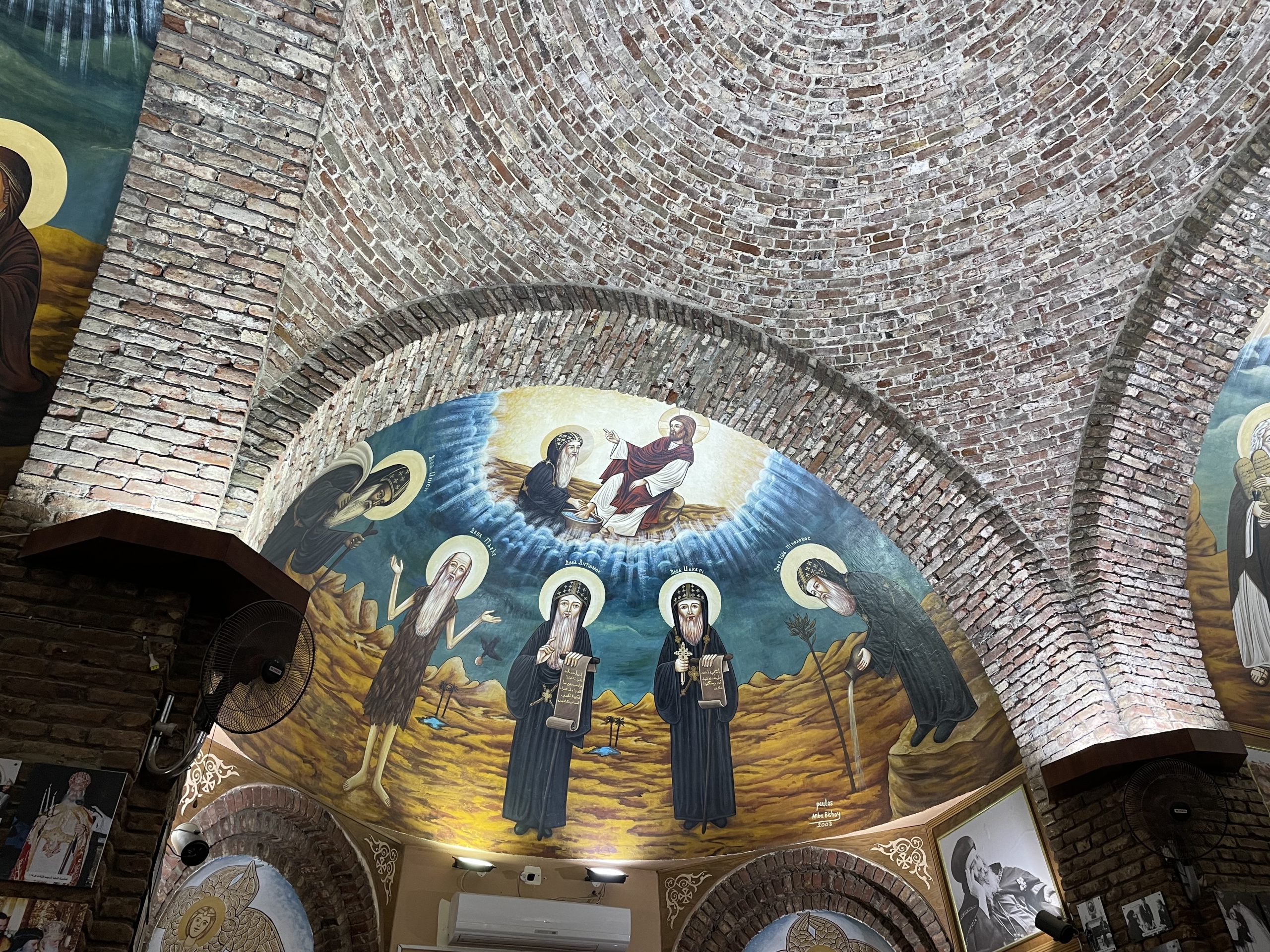The Copts
Who are the Copts?
The Copts are often represented as “a native ethno-religious group of Egypt”, whose origins are traced to “the indigenous Pharaonic-era population of Egypt, which was converted to Christianity by St. Mark”. On a theological level, Copts are those who are allowed by baptism to participate in all the sacraments of the Coptic Orthodox Church. On an ethnic and cultural level, Coptic authors describe the basis of Coptic identity as having a common ancient Egyptian heritage, which is founded on notions of thousands-years old roots in the land and ties to the Egyptian civilization.
After the Arab conquest of Egypt, the term “Copts” – derived from Qibt, an Arabic translation of the Greek word Aigyptos – went to mark specifically the Egyptian Christians.
Currently, Christians in Egypt of all denominations – Coptic Orthodox, Protestant and Catholic – are estimated to around 10 million people – i.e. a percentage of around 10% of the Egyptian population.
In recent times, Copts have been forced to emigrate for political-economic and religious reasons from 1950/1960 onwards. The Copts of the so-called ‘diaspora’, who are included in the broader framework of the Egyptian emigration abroad, moved primarily to North America and Australia. As a permanent destination Europe has been chosen only in the last thirty years.
References:
G. Gabra (ed.), Coptic Civilization: Two Thousand Years of Christianity in Egypt, AUC Press 2014.
O.F.A. Meinardus, Christians in Egypt: Orthodox, Catholic and Protestant Communities. Past and Present, AUC Press 2006.
O.F.A. Meinardus, Two Thousand Years of Coptic Christianity, AUC Press 2010.
M. Tadros, Copts at the Crossroad. The Challenges of Building Inclusive Democracy in Egypt, AUC Press 2013.
N. van Doorn-Harder (ed.), Copts in Context. Negotiating Identity, Tradition, and Modernity, USC Press 2017.
N. van Doorn-Harder – K. Vogt (eds.), Between Desert and City: The Coptic Orthodox Church Today, Novus Forlag 1997.

Fresco in the Mausoleum of Pope Shenouda III in the Monastery of Anba Bishoy in Wadi el-Natrun, Egypt © Angela Bernardo, 2022 – All rights reserved
